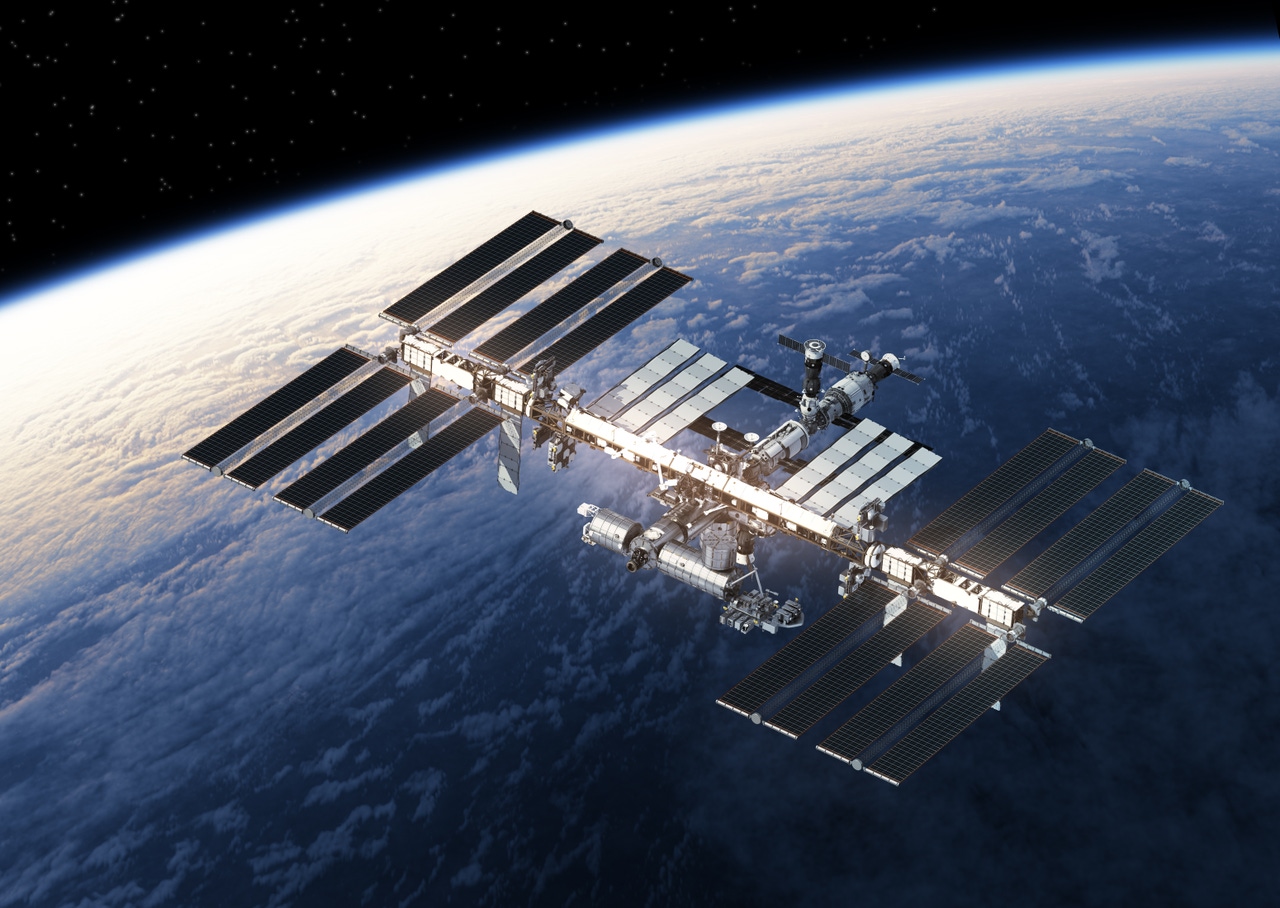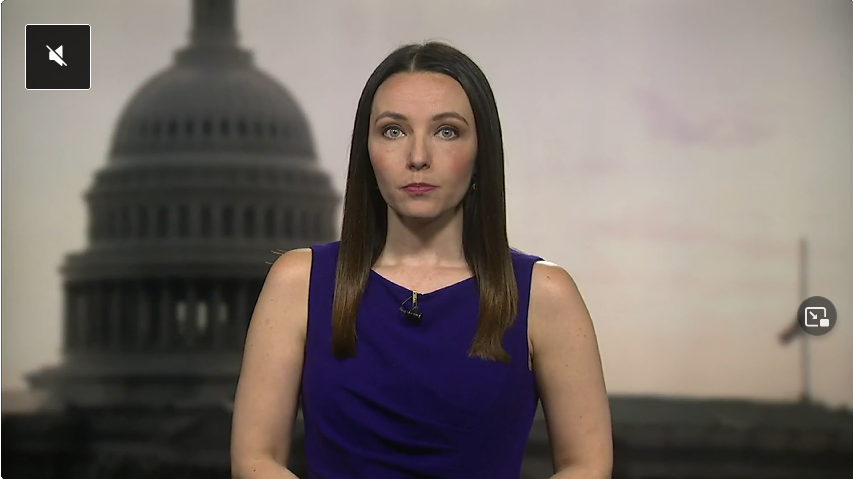By Josh Abbott – Bioprocess International –
The International Space Station (ISS) presented a webinar Friday hosted by Patrick O’Neill, public affairs and outreach lead at the ISS. The webinar discussed the upcoming life science activities planned for the Northrop Grumman’s 21st Commercial Resupply Services mission that is scheduled to depart on 3 August.
Davide Marotta, ISS National Lab director for in-space biomanufacturing, was among the guests who discussed their roles working in microgravity. He said a variety of materials will be flown into space during the mission to support research in the coming months. “We have life-science projects, physical sciences, technology demonstrations, projects focused on inspiring the next generation, and more.”
One study will build upon prior research funded by the US National Science Foundation (NSF) “to study a fundamental physics process that uses light to generate bubbles that can collect, concentrate, and deposit trace amounts of substances in a solution on a surface for biosensor technology applications.” Marotta said that doing so in a microgravity environment is important “because gravity driven buoyancy is removed on board the space station. And without buoyancy the team can study what happens before bubbles form, which can lead to a variety of applications for us here on Earth.”




